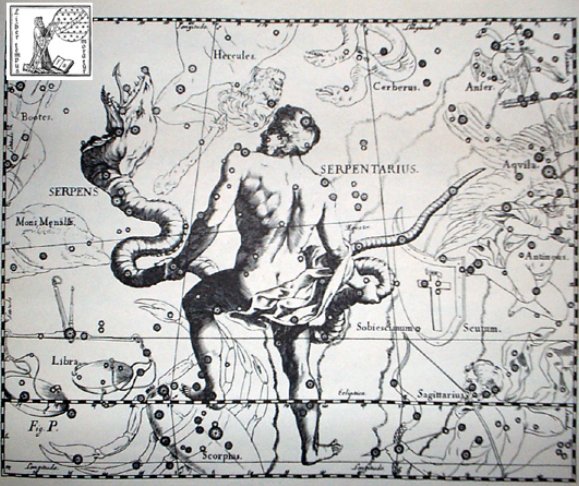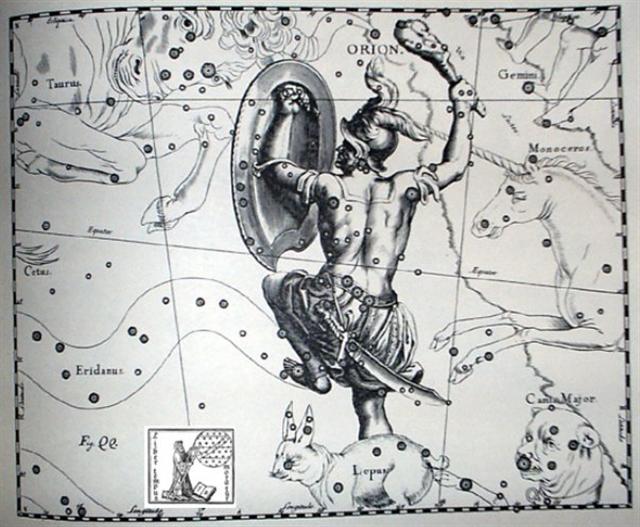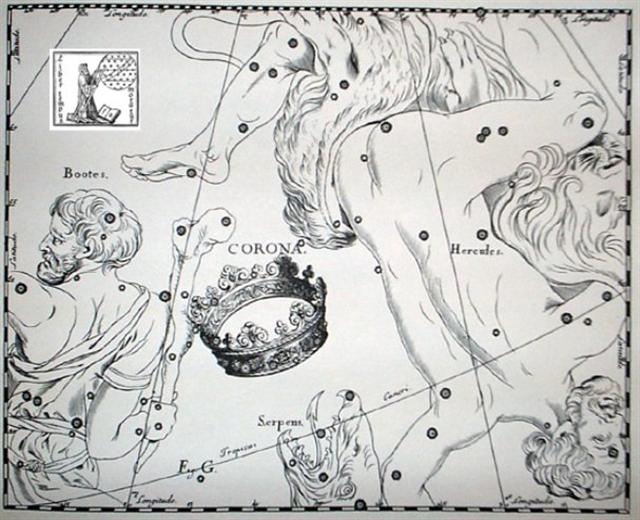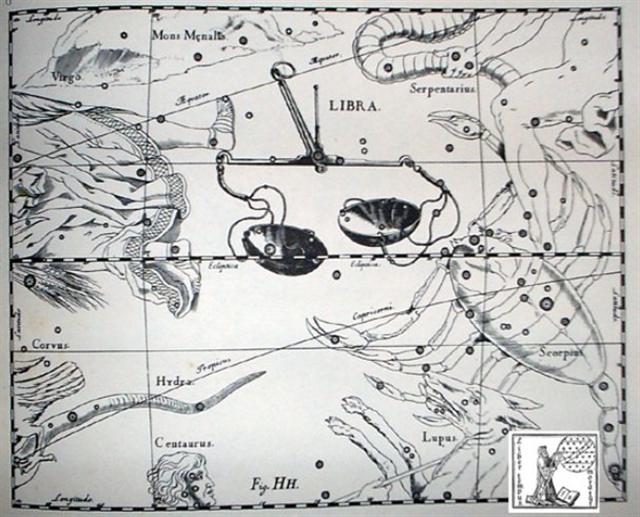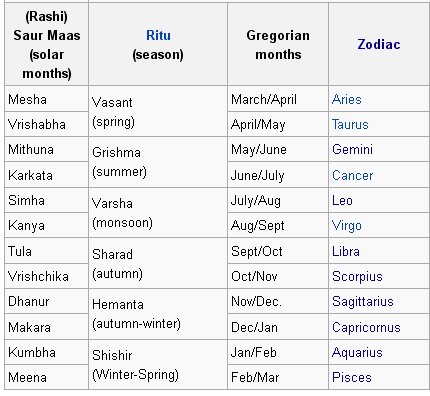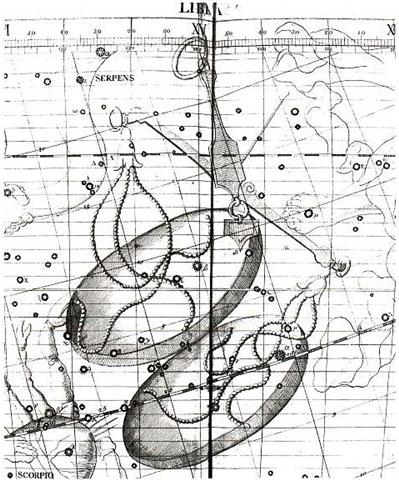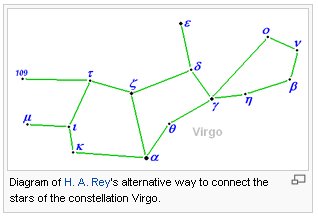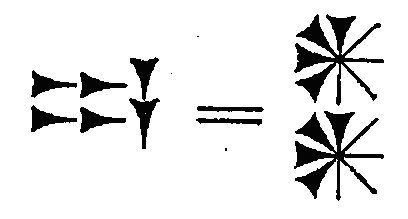Once again. King Hercules had a Club whereas his antagonist was armed with a spear (vero): ... Hercules first appears in legend as a pastoral sacred king and, perhaps because shepherds welcome the birth of twin lambs, is a twin himself. His characteristics and history can be deduced from a mass of legends, folk-customs and megalithic monuments. He is the rain-maker of his tribe and a sort of human thunder-storm. Legends connect him with Libya and the Atlas Mountains; he may well have originated thereabouts in Palaeolithic times. The priests of Egyptian Thebes, who called him Shu, dated his origin as '17,000 years before the reign of King Amasis'. He carries an oak-club, because the oak provides his beasts and his people with mast and because it attracts lightning more than any other tree. His symbols are the acorn; the rock-dove, which nests in oaks as well as in clefts of rocks; the mistletoe, or Loranthus; and the serpent. All these are sexual emblems. The dove was sacred to the Love-goddess of Greece and Syria; the serpent was the most ancient of phallic totem-beasts; the cupped acorn stood for the glans penis in both Greek and Latin; the mistletoe was an all-heal and its names viscus (Latin) and ixias (Greek) are connected with vis and ischus (strength) - probably because of the spermal viscosity of its berries, sperm being the vehicle of life. This Hercules is male leader of all orgiastic rites and has twelve archer companions, including his spear-armed twin, who is his tanist or deputy. He performs an annual green-wood marriage with a queen of the woods, a sort of Maid Marian. He is a mighty hunter and makes rain, when it is needed, by rattling an oak-club thunderously in a hollow oak and stirring a pool with an oak branch - alternatively, by rattling pebbles inside a sacred colocinth-gourd or, later, by rolling black meteoric stones inside a wooden chest - and so attracting thunderstorms by sympathetic magic ... Possibly his (an)ta(go)nist corresponded to Ophiuchus,
Who stood in the River (Serpent) in contrast to Orion who stood at the Moon (Hare),
With his left foot on the Eridanus River in contrast to Ophiuchus whose left foot trampled upon (he rei) the dry shell of the Scorpion. After Hercules had been pulled down he had to climb up again. But Bootes (with the Club) came before Ophiuchus, which means we ought to interpret the constellation with the upside-down Hercules above the Serpent-holder as the dry and vacant shell of Hercules rather than his living self.
The division line between the 'year' of the Club and the 'year' of the Spear was evidently at Tula(n), at Libra.
... The manner of his death can be reconstructed from a variety of legends, folk-customs and other religious survivals. At mid-summer, at the end of a half-year reign, Hercules is made drunk with mead and led into the middle of a circle of twelve stones arranged around an oak, in front of which stands an altar-stone; the oak has been lopped until it is T-shaped. He is bound to it with willow thongs in the 'five-fold bond' which joins wrists, neck, and ankles together, beaten by his comrades till he faints, then flayed, blinded, castrated, impaled with a mistletoe stake, and finally hacked into joints on the altar-stone. His blood is caught in a basin and used for sprinkling the whole tribe to make them vigorous and fruitful. The joints are roasted at twin fires of oak-loppings, kindled with sacred fire preserved from a lightning-blasted oak or made by twirling an alder- or cornel-wood fire-drill in an oak log. The trunk is then uprooted and split into faggots which are added to the flames. The twelve merry-men rush in a wild figure-of-eight dance around the fires, singing ecstatically and tearing at the flesh with their teeth. The bloody remains are burnt in the fire, all except the genitals and the head. These are put into an alder-wood boat and floated down the river to an islet; though the head is sometimes cured with smoke and preserved for oracular use. His tanist succeeds him and reigns for the remainder of the year, when he is sacrificially killed by a new Hercules ... The rule(r) of Hercules was broken at midsummer.
From there to the corresponding place in the night sky (Libra) there were around 265 (autumn equinox) - 175 (Day of St John) = 90 days: 360 + 90 = 450 = 350 + 100 = 400 + 50 From Porrima in Virgo to Vrischika in the Scorpion there were 50 days, and these days were perhaps comparable to the 5 nights when gods were born:
... Nut, whom the Greeks sometimes identified with Rhea, was goddess of the sky, but it was debatable if in historical times she was the object of a genuine cult. She was Geb's twin sister and, it was said, married him secretly and against the will of Ra. Angered, Ra had the couple brutally separated by Shu and afterwards decreed that Nut could not bear a child in any given month of any year. Thoth, Plutarch tells us, happily had pity on her. Playing draughts with the Moon, he won in the course of several games a seventy-second part of the Moon's light with which he composed five new days. As these five intercalated days did not belong to the official Egyptian calendar of three hundred and sixty days, Nut was thus able to give birth successively to five children: Osiris, Haroeris (Horus), Set, Isis and Nepthys ...
Hatinga Te Kohe was presumably the dangerous place where the ruler's staff was broken (ha-tinga), where he encountered his tanist. ... The king went towards the sea [a tai] (i.e., toward the southern shore). When he reached Hatinga Te Kohe A Hau Matua [E:1002] [E:1003] Oroi saw [he ūi mai a Oroi] that the king had reached Hatinga Te Kohe [ko te ariki.ka tuu atu ki hatinga i te kohe]. Oroi picked up the rope, took it [he mau], and came to the path (which the king had to pass), and took the end of the rope into his hand [he mau i te potu o te taura]. He went into a (grove of) sandalwood. He had hidden there so he could watch the arrival of the king and (at the moment when) the foot (of the king touched the loop) quickly pull the rope. Then Oroi would come out immediately and kill the king. The terns calmly circled [ka hiri nō.te manu tara] above the king when he arrived [e oho.era]. King Hotu came along and reached Te Tingaanga O Te Hereke (literally, 'the meeting place of the dangerous one' ?) ... Ha. 1. Four. 2. To breathe. Hakaha'a, to flay, to skin. Vanaga. 1. Four. P Mgv., Mq., Ta.: ha, id. 2. To yawn, to gape. 3. To heat. 4. Hakaha, to skin, to flay; unahi hakaha, to scale fish. Mgv.: akaha, to take to pieces, to take off the bark or skin, to strip the leaves off sugarcane. 5. Mgv: ha, sacred, prohibited. Mq.: a, a sacred spot. Sa.: sa, id. Churchill. ... The beginning of the Sea (the end of Land) came during the reign of the 4th king Roroi [E:4] ... Interestingly, since another meaning of shi is 'death', the number 4 is considered unlucky ...
thing. A. †(deliberative or juridicial) assembly; †legal process or charge OE. (only); affair, business; deed, act OE.; that which is said XIII; B. that which exists, being OE. (inanimate object XII); OE. thing = OFris.. OS., thing. OHG. ding, dinc, assembly for deliberation and/or business, ON. thing :- Ger. *thingam. Hence, with meaningless additions, †thingum (XVII), thingumbob (XIII Smollet, Miss Burney), thingummy XIII (Mme D'Arblay), thingamajig, thingumabob. (English Etymology) The right heel of Virgo (or her toes) touched the beam of Libra at her star number 109, creating chaos (a gap in the regular order of things):
In by table above I have changed the arrangement slightly compared to what I have presented earlier, because I now consider it clear that niu in Cb1-15 refers to the ancient star (Kakkab) at the pole (Kochab, β Ursae Minoris) and that the figure in the preceding glyph Cb1-14 is a reference to Zuben Elgenubi.
Huki. 1. Pole attached to the poop from which the fishing-net is suspended: huki kupega. 2. Digging stick. 3. To set vertically, to stand (vt.). 4. Huki á te mahina, said of the new moon when both its horns have become visible. Vanaga. 1. To post up, to publish. 2. To cut the throat (uki). Mq.: Small sticks which close up the ridge of a house. Ha.: hui, the small uniting sticks in a thatched house. Churchill. Standing upright. Barthel. M. Spit for roasting. Te Huki, a constellation. Makemson. Hukihuki. 1. Colic. 2. To transpierce, a pricking. 3. To sink to the bottom. Churchill. HUI¹, v. Haw., to unite together, to mix, to add one to another, to assemble, meet; s. cluster, collection of things; huihui, a bunch, cluster; huiuna (for huiana), a seam in a garment; la-hui, collection of people, a nation. Sa. sui, to dilute, to add ingredients to a thing; sui, to sew, to thread beads; susui, to mend, repair; susuia, to fasten the ridge-pole of a house. Tong., hui, mingle, mix, join; fufui, a flock of birds. N. Zeal., hui, huhui, to gather, mix, unite; ra-hui, a company; ka-hui, a herd, a flock. Tah., hui, a collection of persons, a company; hui-hui manu, flock of birds; hui-tara-wa, Orion's belt. Marqu., huhui, a bundle of taro. Sanskr., yu, to bind, join, mix; yuj, to join; yuga, a yoke, a pair, a couple; yûti, mixing; yûtha, flock of birds or beasts. Greek, ζευγνυμι, to join, put to, yoke up, bind, fasten; ζευγος, a yoke of beasts, pair, couple; ζυγον, the yoke; ζωνη, belt, girdle. Lat., jugum, a yoke; jugo, bind up, tie together; jungo, bind, join, unite. Goth., juk, a yoke. A.-Sax., geok, id. Scand., ok, id. Armen., zugel, attach together, yoke up; zoygkh, a couple, a pair. Pers., yûgh, a yoke. Irish, ughaim, harness. Welsh, jow, yoke. Lett., jûgs, yoke. Anc. Slav., jgo, yoke. Bohem., gho, id. Lith., jungas, id. A singular coincidence of application, if it has no nearer connection, by the Polynesian and the Latin of this word to similar purposes, occurs in the huhui and hui-tarawa of the former and jugulæ of the latter. In Hawaiian huhui designates a constellation generally, but especially that of the Pleiades; in Tahitian hui-tarawa, lit. the transverse or horizontal cluster, designates the stars generally called Orion's belt, and in Latin jugulæ represents the very same stars in the constellation Orion. HUI², v. Haw., to ache, be in pain; s. bodily pain; niho-hui, the toothache; hui, huihui, cold, chilly, as morning air or cold water; hukeki, hukiki, cold, shivering on account of wet. N. Zeal., huka, cold. Tah., hui, hui-hui, to throb as an artery, twitchings in the flesh. Sanskr., çuch¹, to be afflicted, grieve; çuch², to be wet, fetid; çuch, s., sorrow, grief; quære suçîma, cold? To this Sanskr. çuch Benfey refers the Goth. hiufau, to mourn, lament, and the O. H. Germ. huvo, an owl. Fornander. There is indeed a Yoke between Virgo and the Scorpion:
|
|||||||||||||||||||||||||||||||||||||||||||||||||||||||||||||||||||||||||||||||||||||||||||||||||||||||||||||||||||||||||||||||||||||||||||||||||||||||||||||||||
